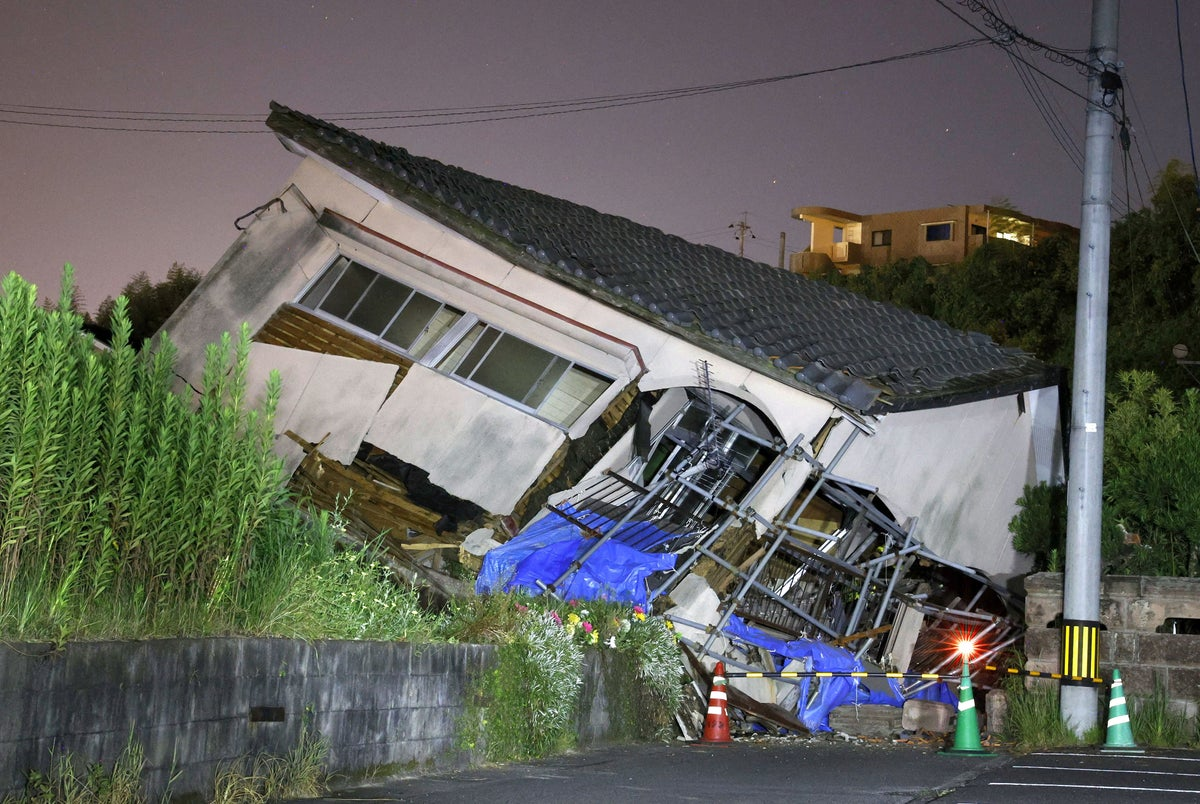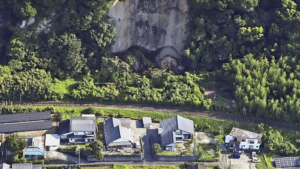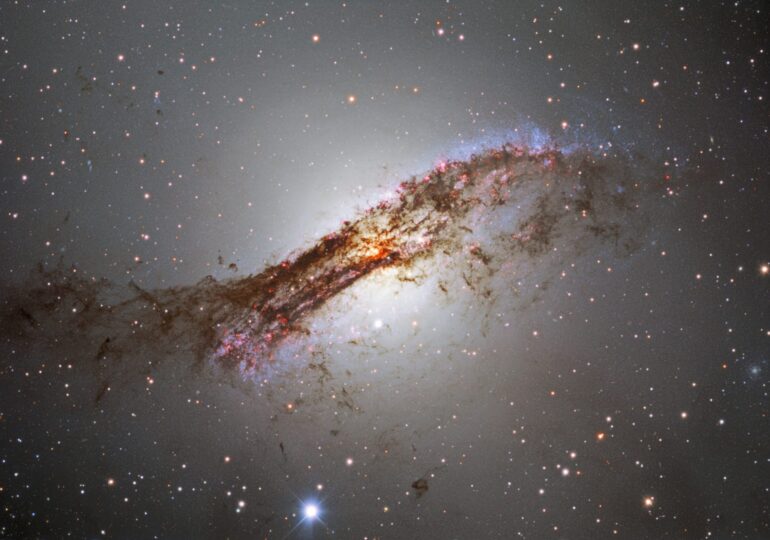Japan’s Megaquake Alert: A Prelude to the “Big One”?

The recent magnitude 7.1 earthquake that struck southern Japan may not have caused significant damage, but it was followed by an unprecedented warning from Japan’s meteorological agency. This alert indicated an increased risk of a “major earthquake,” raising concerns about the long-feared “Big One,” a catastrophic event that could lead to massive casualties and devastation.
Japan, situated on the seismically active Ring of Fire, experiences around 1,500 earthquakes annually. While most are minor, the possibility of a megaquake along the Nankai Trough—a region notorious for its seismic activity—looms large. Historical records indicate that “megathrust” earthquakes in this region occur roughly every 100 years, with the last significant ones in 1944 and 1946. Experts predict a 70-80% chance of a magnitude 8 or 9 quake within the next 30 years, potentially resulting in trillions of dollars in damage and hundreds of thousands of deaths.

Despite the ominous warning, experts remain skeptical about the ability to predict such events accurately. Robert Geller, Professor Emeritus of Seismology at the University of Tokyo, argues that while earthquakes can cluster, it is impossible to predict whether a quake is a foreshock or an aftershock. The Japan Meteorological Agency’s alert, the first of its kind, was designed to encourage preparedness rather than signal an imminent disaster.
Prime Minister Fumio Kishida canceled international travel plans to oversee preparations, reflecting the government’s cautious approach. While some citizens, like Masayo Oshio from Yokohama, feel the alert may be overstated, others are taking the opportunity to ensure they are prepared.
This alert has prompted action across the affected regions, with evacuation shelters being inspected, and residents advised to prepare for potential emergencies. Even in a country accustomed to frequent earthquakes, the specter of the “Big One” ensures that such warnings are taken seriously.
















